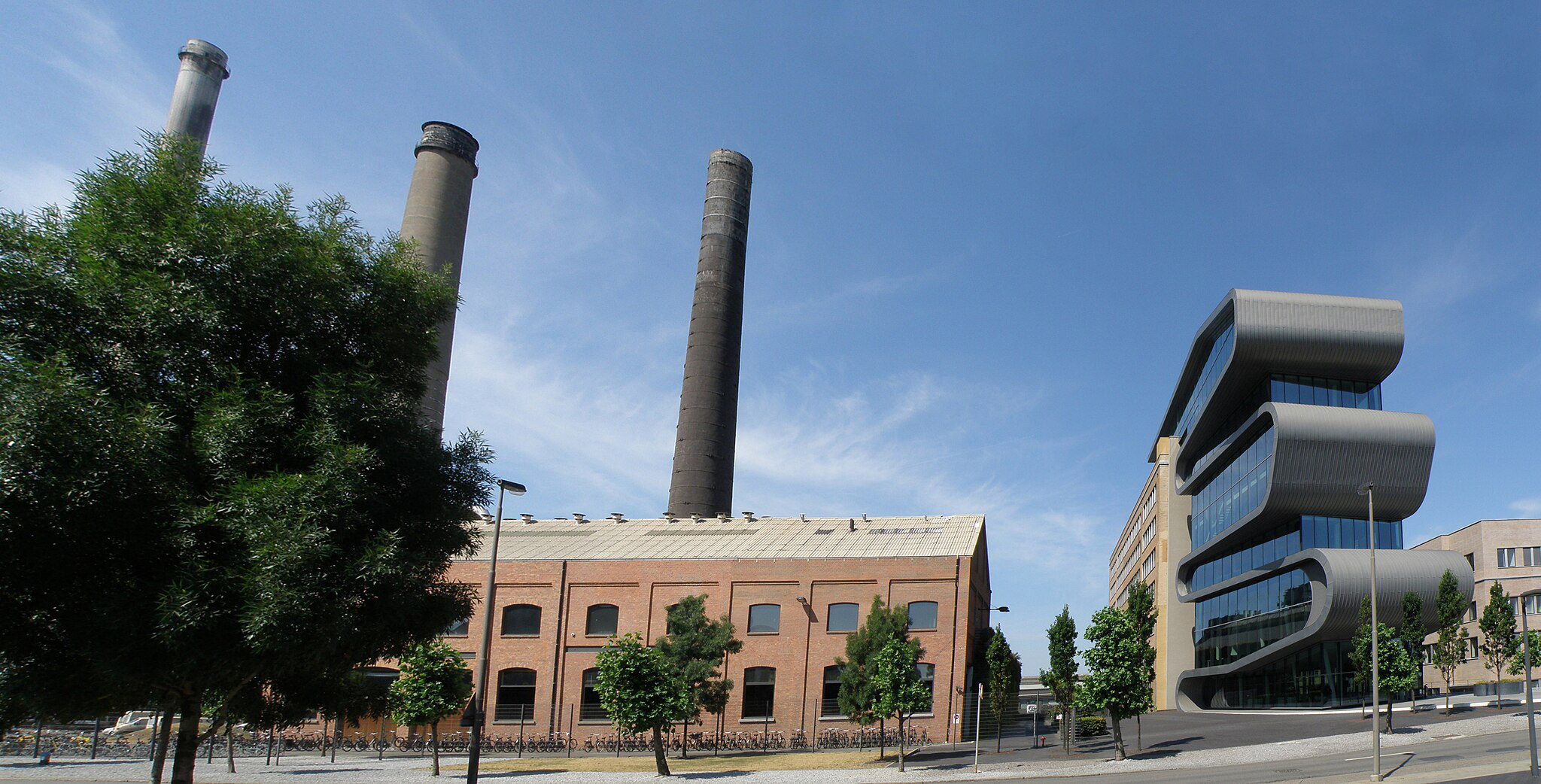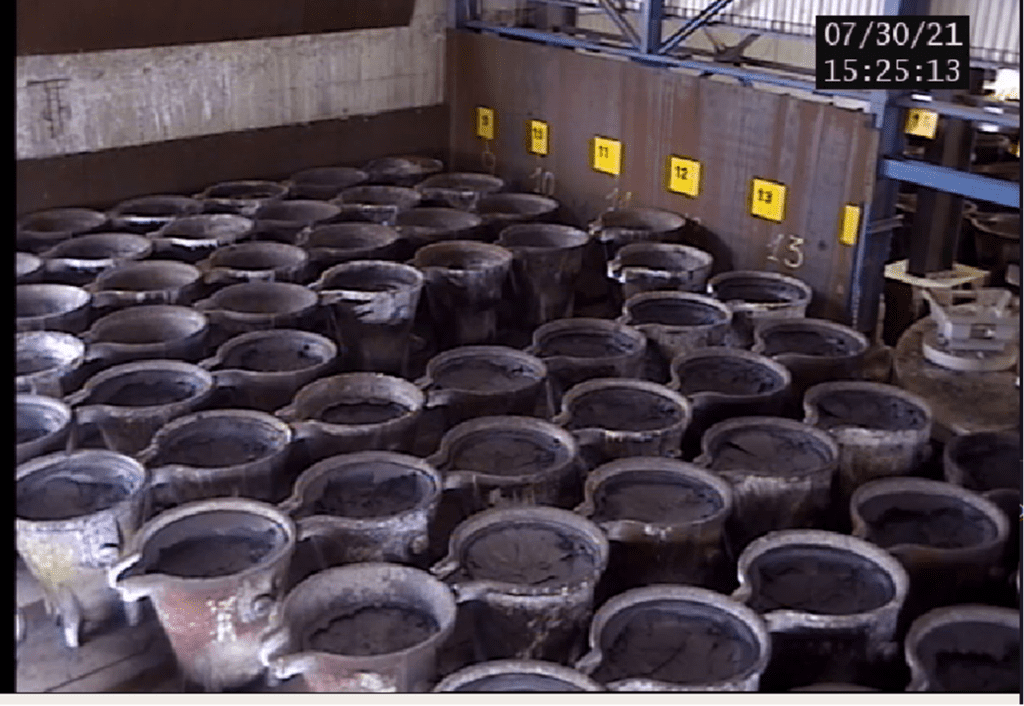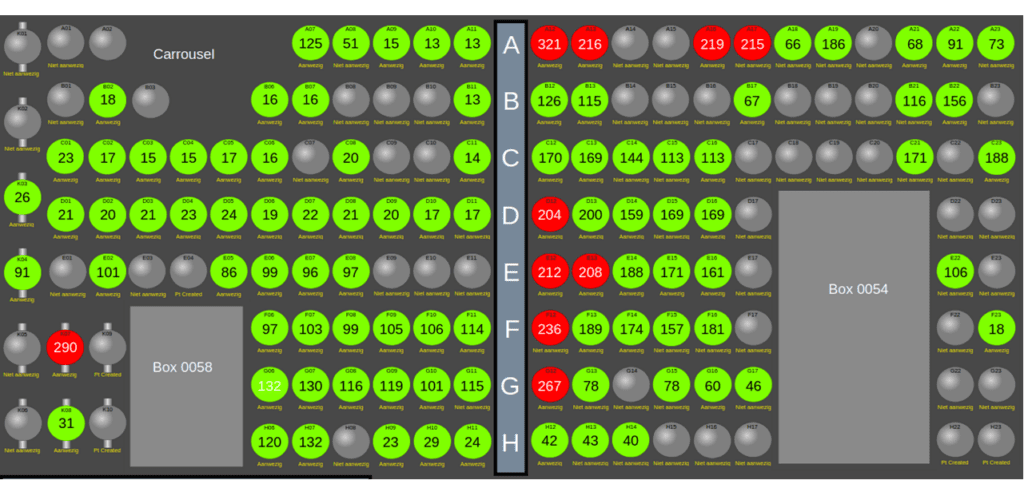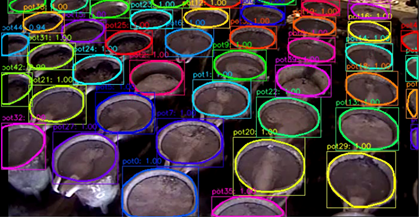Kapernikov enables Umicore to increase plant capacity
Kapernikov helped Umicore to make its precious metal recycling processes more efficient. This enable ...
Published on: May 4, 2023
Kapernikov helped Umicore to make its precious metal recycling processes more efficient. This enabled the organization to increase its plant capacity and at the same time improve the safety of its workforce.

Umicore is one of the world’s largest precious metals recycling companies. The recycling business unit of the Umicore Group resides in Hoboken (Belgium) and uses ultra-modern recycling technology to obtain precious metals from industrial by-products and everyday items such as old mobile phones, laptops, and car catalytic converters.
Driven by a growing market need, Umicore wanted to be able to process growing volumes of increasingly complex, metal-containing industrial residues and e-scrap. Therefore, the company wanted to expand the capacity at its refining and recycling plant in Hoboken by 40%, going from 350,000 to 500,000 tonnes per year.
One way to increase the capacity was to make the smelter process much more efficient, which is just one of the many steps in the material recycling flow. Metal is melted in the smelter furnace, and the liquified metal is then poured in ladles where it is cooled and solidified. Shortening the resting duration of the ladles in the cooling field enables operators to make room for new ladles faster, which speeds up the process and increases capacity. But this also means that the ladles need to be cooled down sufficiently. Umicore therefore needed a way to accurately monitor the temperatures in the cooling field.
At the same time, Umicore wanted to improve the safety of its workforce during the entire process, even with the increased capacity. The solidifying process always involves an explosion risk, certainly when the metal ladles are lifted from the cooling field too early. Accurate temperature monitoring and time registration of the duration in the cooling field are therefore critical.
Monitoring this entire process by a human staff also involves risk. People may not always be alert, they may lack the required experience, or there may be communication errors when transferring from one team shift to another. To eliminate these risks as much as possible, Umicore was looking for an efficient way to automate the temperature monitoring process.

Kapernikov designed and integrated a temperature monitoring solution, consisting of a multi-sensor camera (visual and radiometric camera) to oversee the cooling field in an automated way. The visual camera is used to detect the presence of ladles in the cooling field, while the radiometric, thermal camera is used to provide accurate temperature readings of each separate ladle. The temperature information is presented to the operator of the ladle moving crane and in a dedicated control room. Thanks to this information, crane operators know exactly when a ladle can be removed from the cooling field and replaced by another one. This reduces the risk of making costly or dangerous mistakes to a minimum.
Kapernikov took on the role of technology consultant and supported Umicore in choosing the right machine vision technology. We also helped Umicore to translate the captured sensor data into practical, easily digestible information for both the crane operators and control room staff.

To demonstrate the feasibility of the project, Kapernikov started by building a Minimum Viable Product (MVP) with one multi-sensor camera overseeing part of the cooling field and with a local dataset. The MVP was successful in demonstrating that:
· The camera system could accurately surveil the dedicated area
· The visual image could detect the presence of ladles
· The thermal camera with zoom functionality could collect accurate temperature readings
· The camera streams could be integrated into the Video Management System (VMS)
In a second phase, we scaled from MVP to full deployment. First, Kapernikov converted existing CAD drawings of the building into a computer simulation, to determine the most optimal number of cameras for the entire cooling field. We made sure that the data (presence detection data and thermal readings) from the multiple camera streams was recorded in the OSI Pi data historian and displayed by the PI Vision visualization tool. All information was well integrated into the VMS, allowing control room operators to monitor historical as well as real-time temperature information.

Umicore crane operators now have a reliable live image of the entire cooling field, enabling them to accurately monitor temperatures of each ladle. The thermal camera makes visible what cannot be discerned with the naked eye, and this is a huge factor in enhancing the safety of the operator’s work. At the same time, Umicore can now confidently enhance capacity by making the smelter process flow more efficient, without jeopardizing the safety of its workforce. Last but not least, Umicore’s R&D team can make use of the OSI Pi historical data to optimize the process even more in the future.